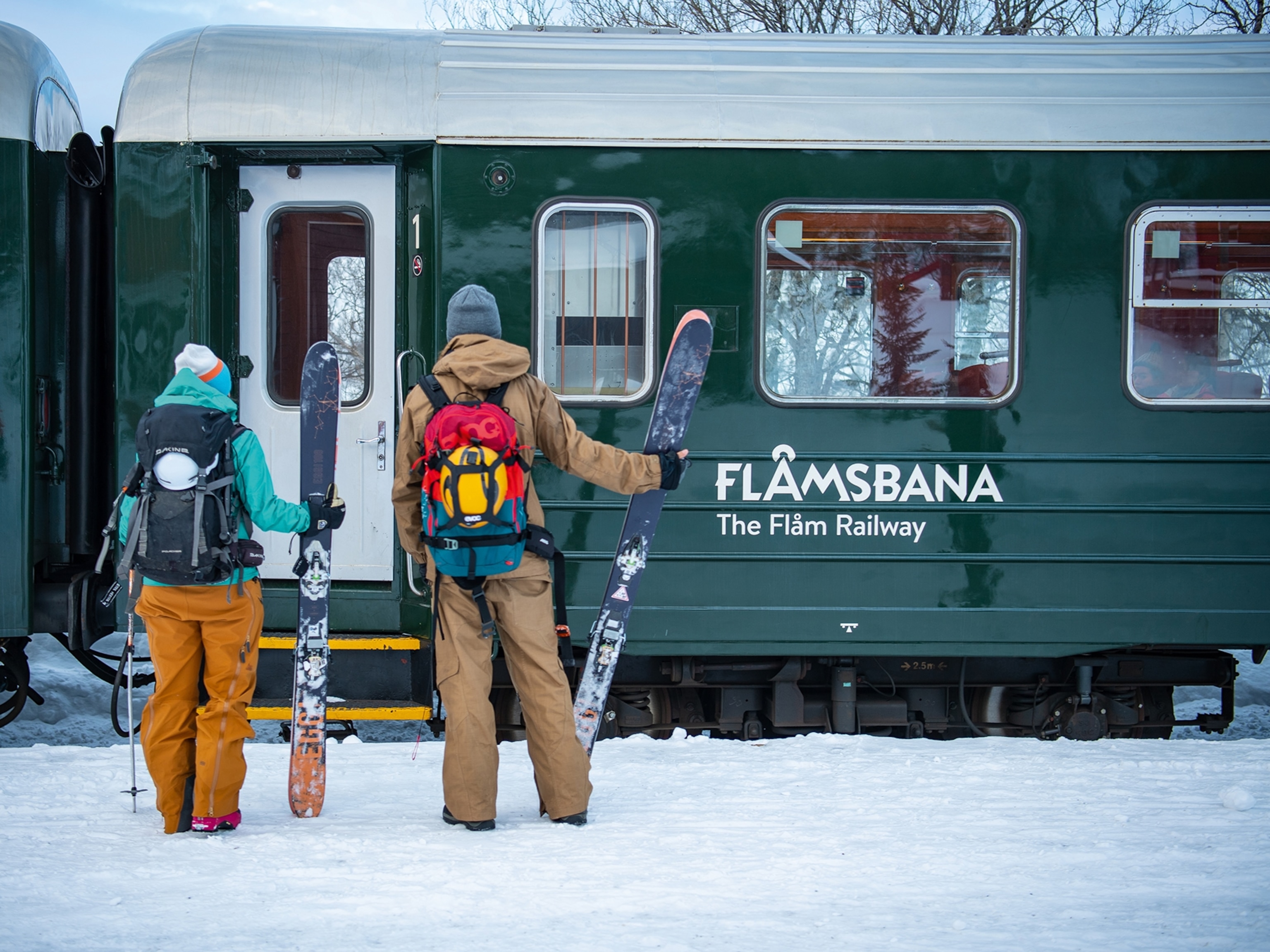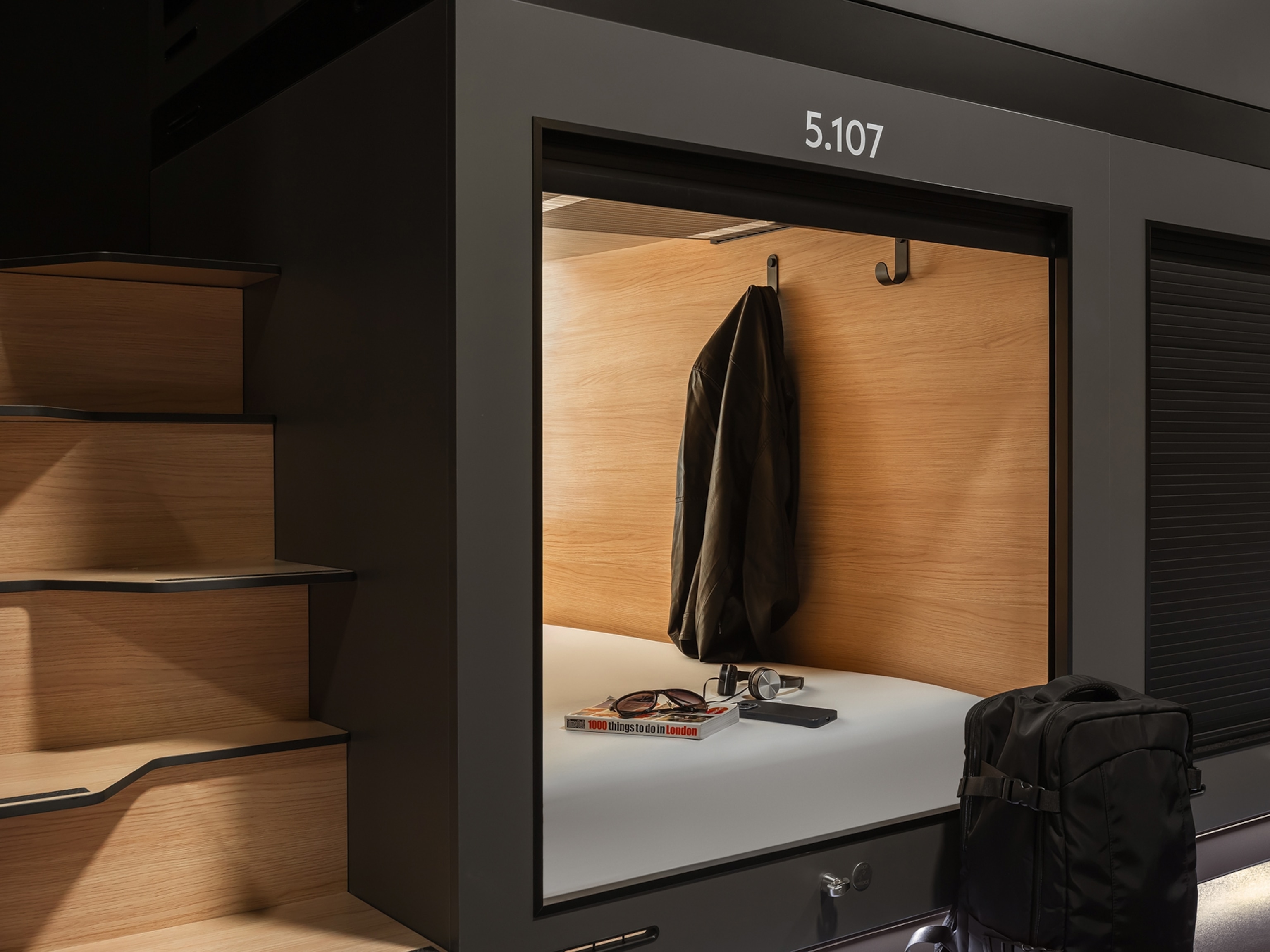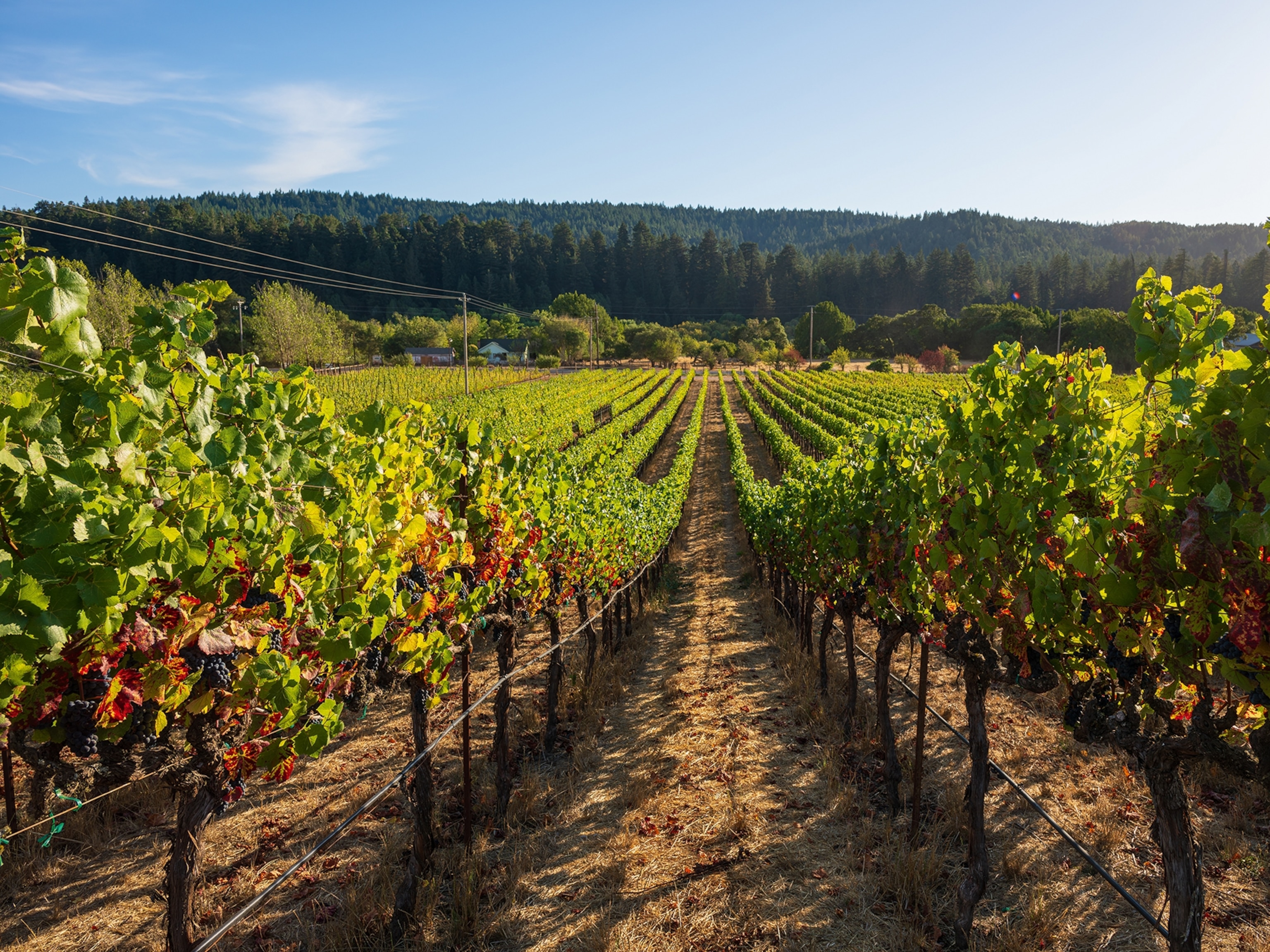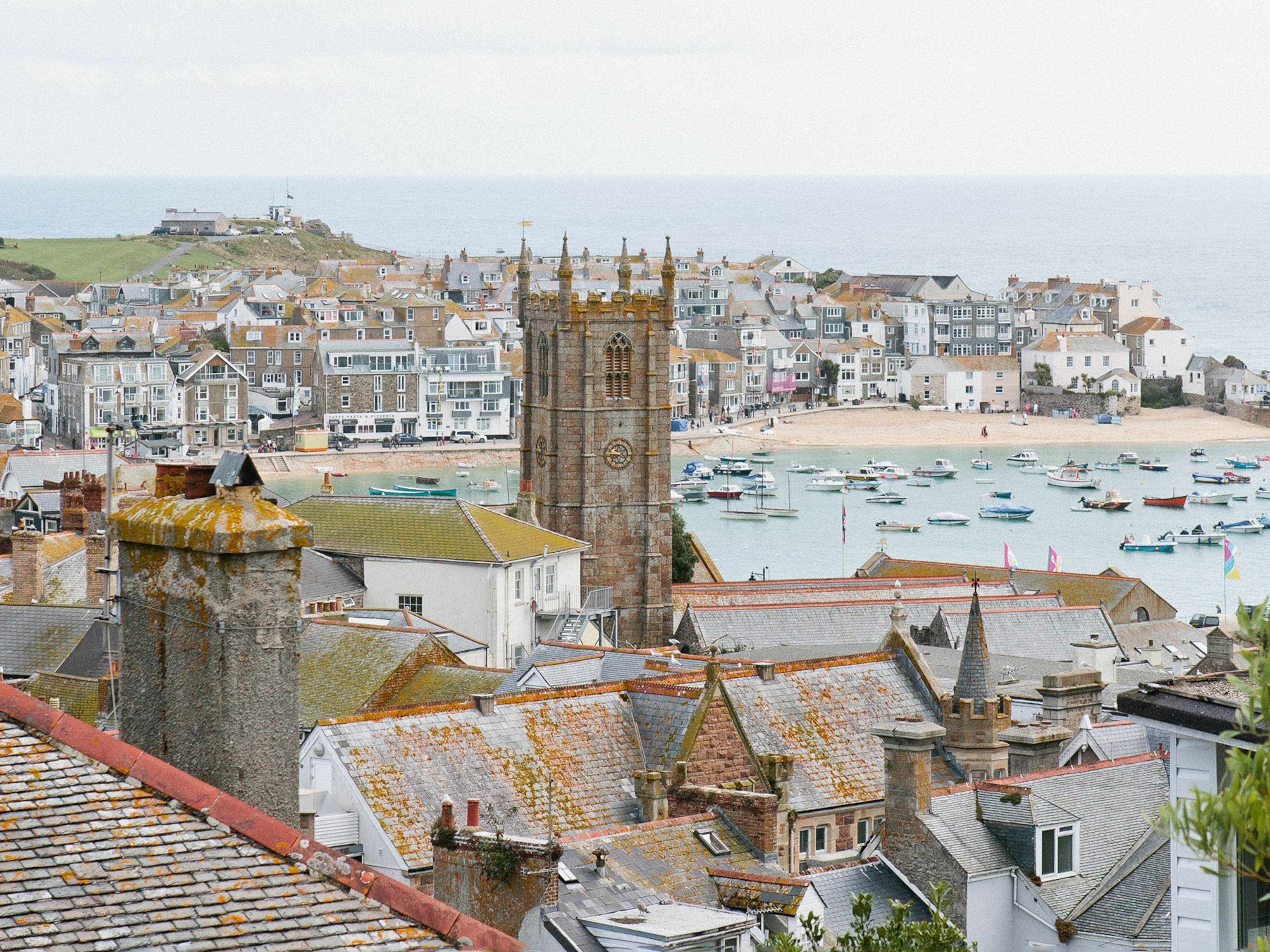A guide to family camping in the UK
Sleeping under the stars in the British countryside is among the most simple yet rewarding adventures a family can have. Here’s everything you need to know about UK camping trips — from what to pack to the best places to pitch your tent.
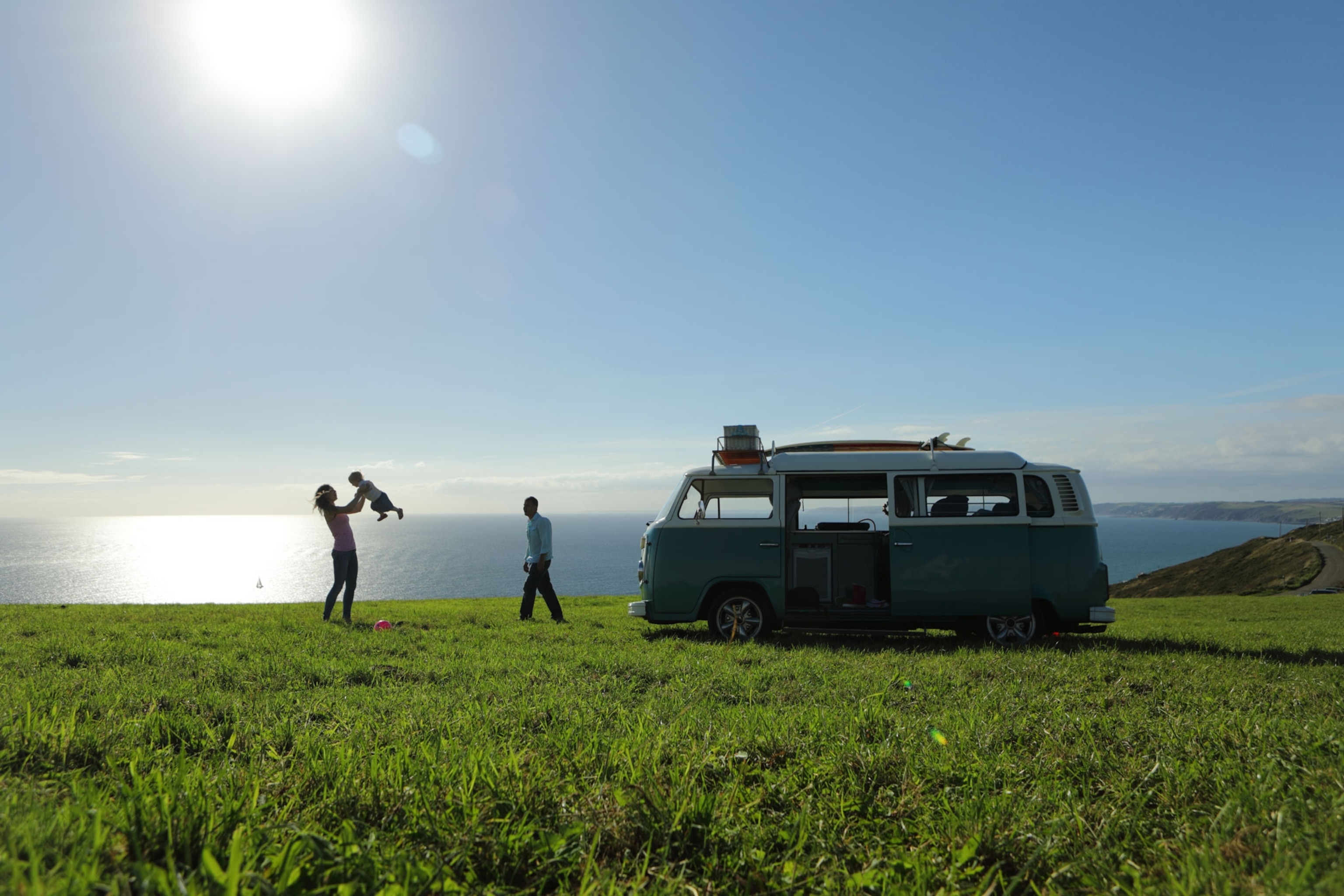
Family memories are made easily on a campsite. There’s something about the fresh air, the long evenings, the simple joys of ball games and al fresco breakfasts. Factor in the backdrop of the British outdoors — mountains, rockpools and woodlands — and you’ve got an experience to remember. However, if you’re a novice camper, or have never embarked on a camping adventure with children before, here's what to keep in mind.
Where are the best campsites for families in the UK?
Whether you’re sampling the salty-aired coves of Cornwall, the wild coastal tip of Northern Ireland or the rugged drama of the Scottish isles, there’s plenty of choice for families. Farm-based campsites such as Tyn-yr-Onnen, on the edge of Eryri (Snowdonia) National Park, are naturally fun places for children to explore. Families who want modern facilities and wheelchair access can book places like the Cotswold Farm Park, which has a range of safari-style tents, camping pods and traditional grass pitches alongside hot shower rooms, a camper’s kitchen, restaurant and laundry room.
Elsewhere, coastal campsites like Troytown Farm and Meadow Farm Tenby, in the Isles of Scilly and Pembrokeshire respectively, have beautiful sandy beaches, coastal paths or sea views a few steps away from the campground. Northern Ireland’s Causeway Coastal Road — a 130-mile driving route that links Belfast and Derry — is another destination where dramatic panoramas play the starring role. Families can break their journey up in places like Swanns Bridge Glamping and Causeway Coast Wigwams and during the day, take a picnic to the medieval Dunluce Castle and the beguiling basalt ‘steps’ of the Giant’s Causeway.
For camping trips during autumn, consider a site near Northumberland’s Kielder Park — which also benefits from dark skies for stargazing — or Grizedale Forest in the Lake District. Alternatively, explore the ancient woodland of the New Forest, where there’s an abundance of cycle paths, nature trails and traditional woodland activities such as archery, crossbow shooting and even axe-throwing. If you’d prefer to have your accommodation set up for you, consider a place like Red Shoot Camping Park or Green Hill Farm Holiday village in the New Forest for shepherd's style huts and safari-style tents.
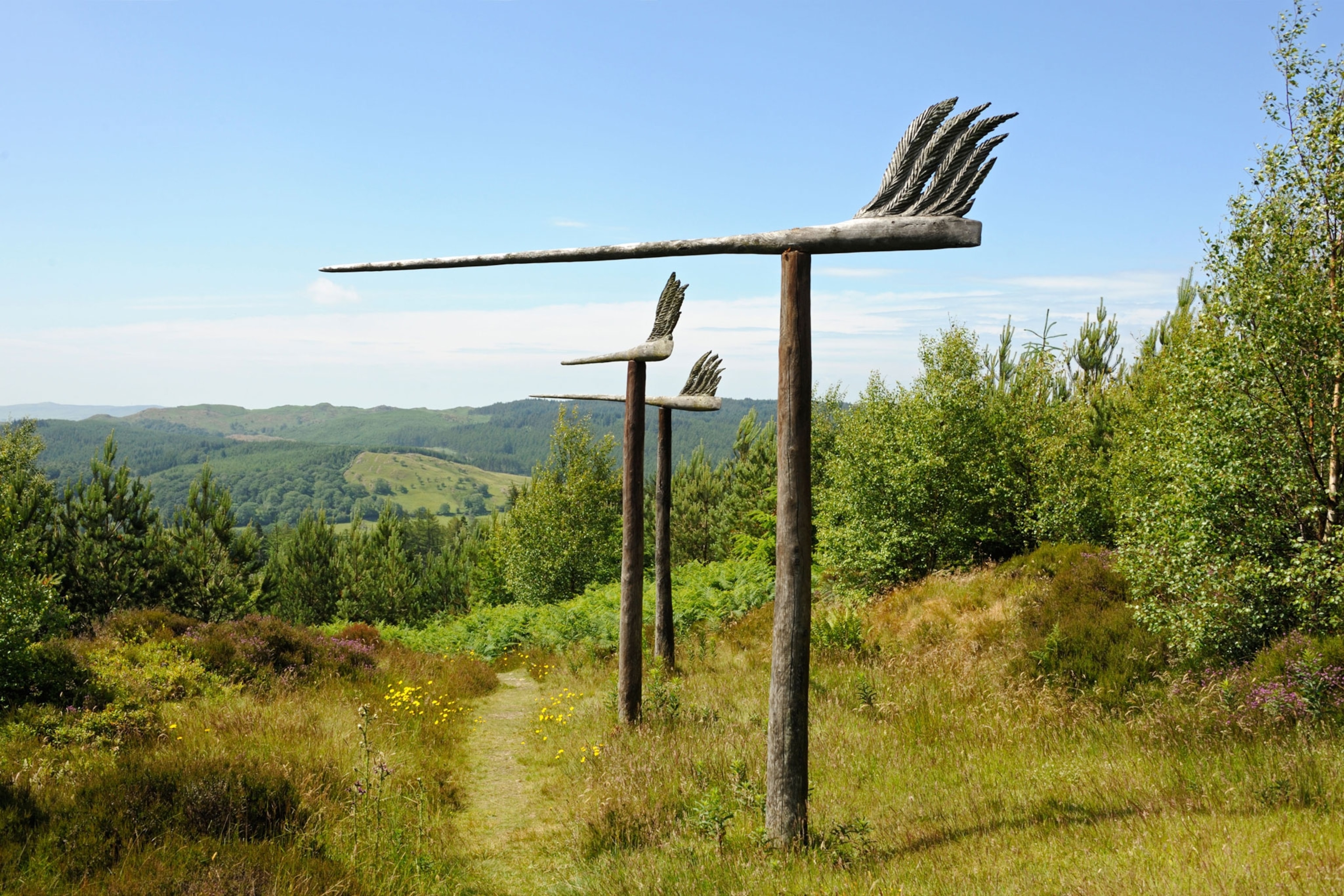
Top tips for families planning a camping trip?
Like farm-shop eggs or wonky tent pegs, no two campsites are quite the same. Different sites have different rules and facilities, so do research which ones best suit your needs. Some are pet friendly, some have dedicated family sections, and some have noise curfews. Others have on-site cafes, shops, pools or play areas, too.
Many sites now go above and beyond when it comes to catering for young campers, with everything from seasonal mazes cut into their maize fields to beekeeping lessons and craft workshops. Campers with older children might want to book attractions and activities nearby: surf lessons, high ropes courses, bike hire, rock climbing and geocaching can all be appealing options.
One key piece of advice wherever you camp, particularly if you’ve got a new tent, is to practice putting it up at least once before you arrive to ensure you have all the parts you need. New camping equipment is a good investment for families who like to camp regularly, but keep in mind that various companies offer tents and other essentials for hire, so it's worth checking first.

Avoid skimping on basic essentials such as sleeping mats, sleeping bags and camp chairs. It’s worth packing pillows to ensure the family has a good night's sleep, too.
To keep the whole family well-fuelled, take food and snacks that are easy to prepare. A cool box with ice packs is also handy for keeping dairy products and other perishables chilled. Most family-friendly campsites have firepits for hire; be sure to pack marshmallows and skewers so the family can huddle round the campfire and roast them together at night.
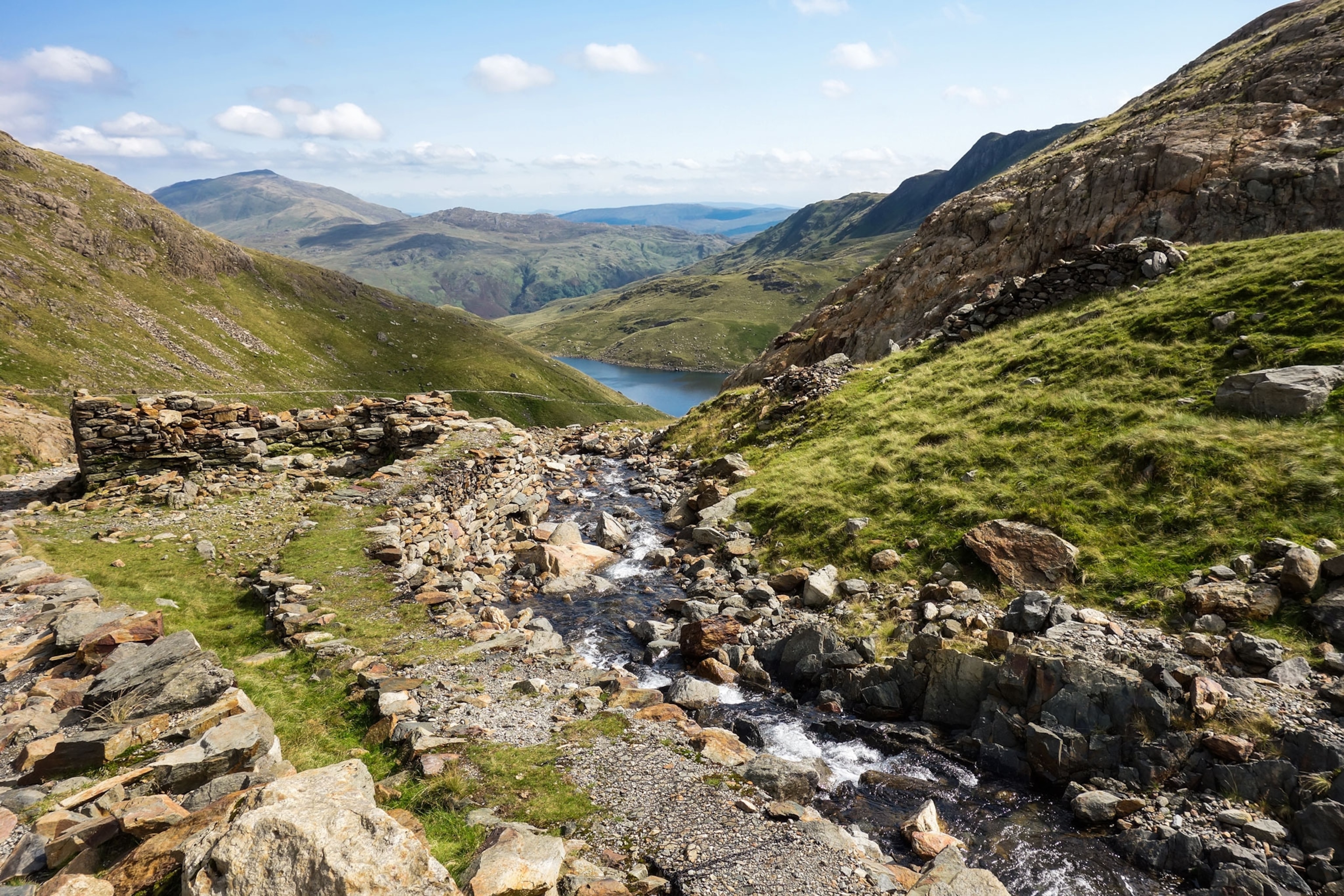
What else should I bring?
Other must-haves include battery-powered head torches, cutlery and plastic crockery — glass and china are best avoided. Washing-up liquid, a washing-up bowl and tea towels are also important — and a portable rubber plug can be surprisingly handy.
Easy-to-pack items such as frisbees, footballs, books, colouring pens and packs of cards are all great for entertaining the children and, at night, battery-powered fairy lights or camping lanterns are not only atmospheric but invaluable. Those who have four-legged friends with them should bring a tie-out stake, which lets dogs roam a short distance.
Most of all, it’s important to bring an open mind and a sense of adventure. Learning new skills, exploring nature and cooking around a campfire are among the best family bonding experiences out there.
Keep your campsite powered with GP AA or AAA batteries, both of which benefit from longer-lasting power and stronger leak-proofing thanks to their cutting edge G-TECH advancements. For information go to gpbatteries.world/NGT.
